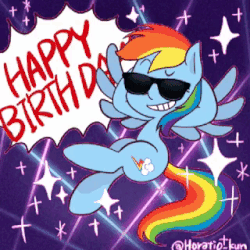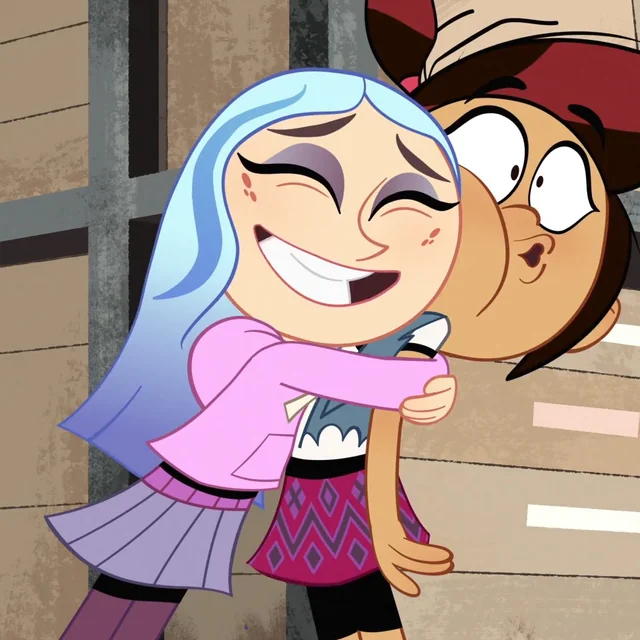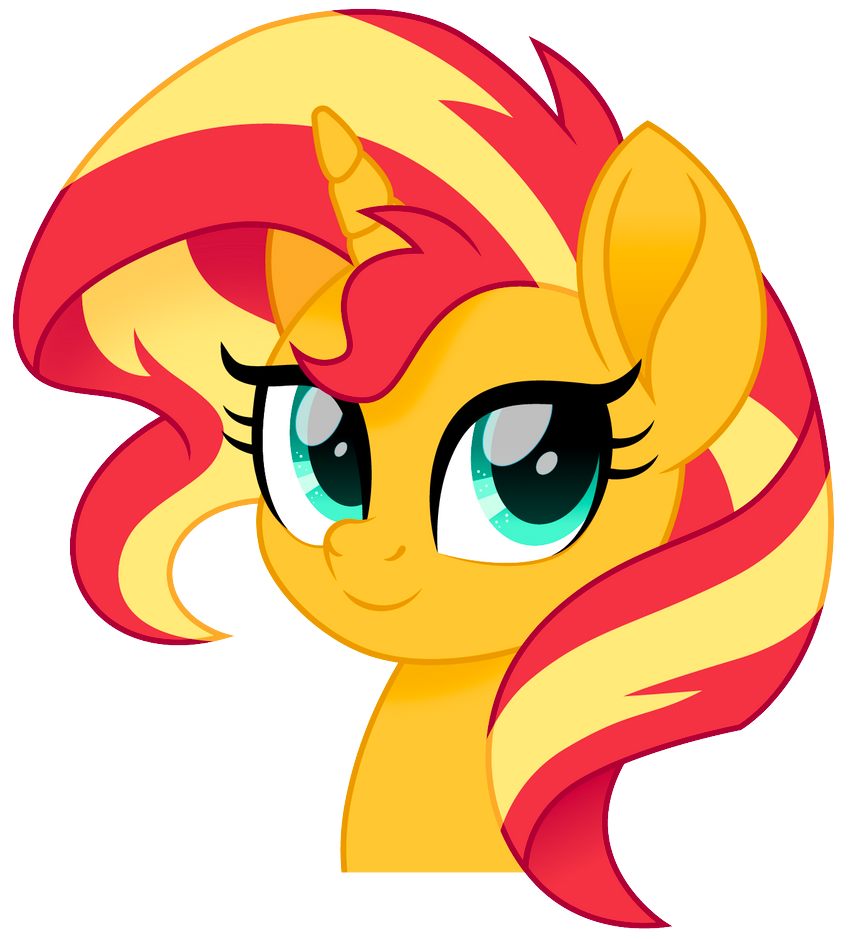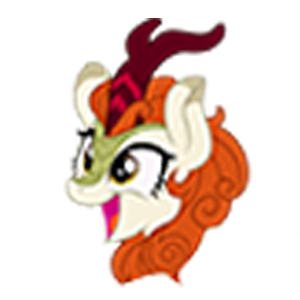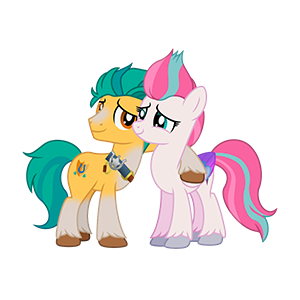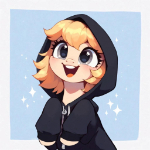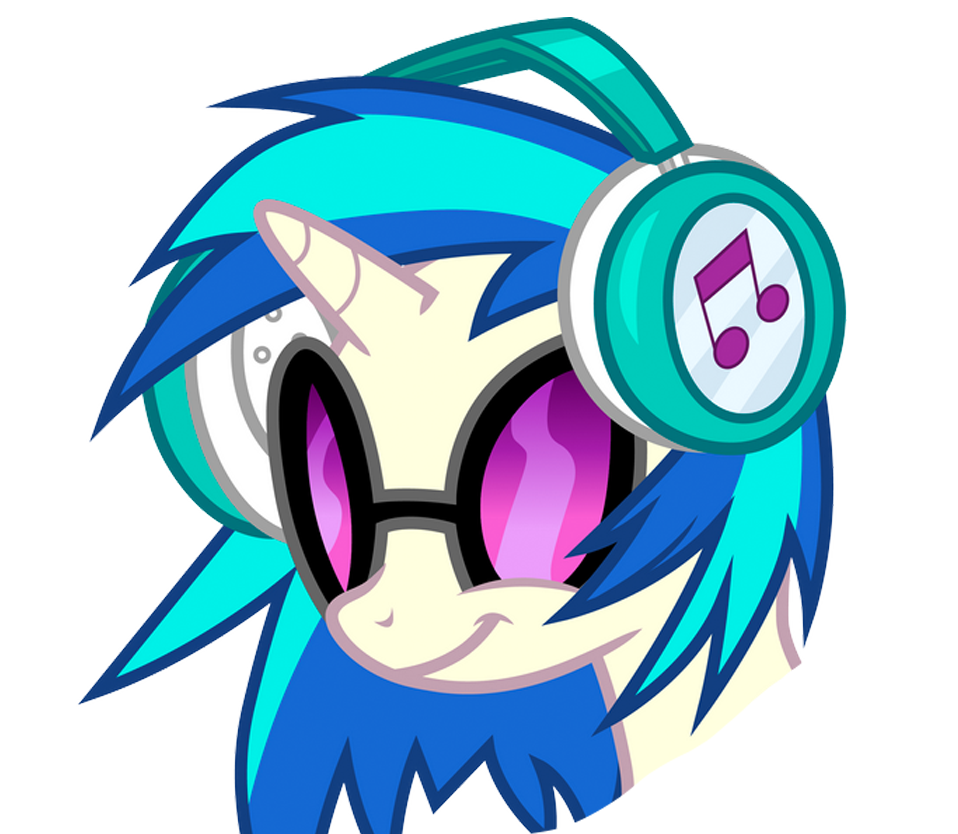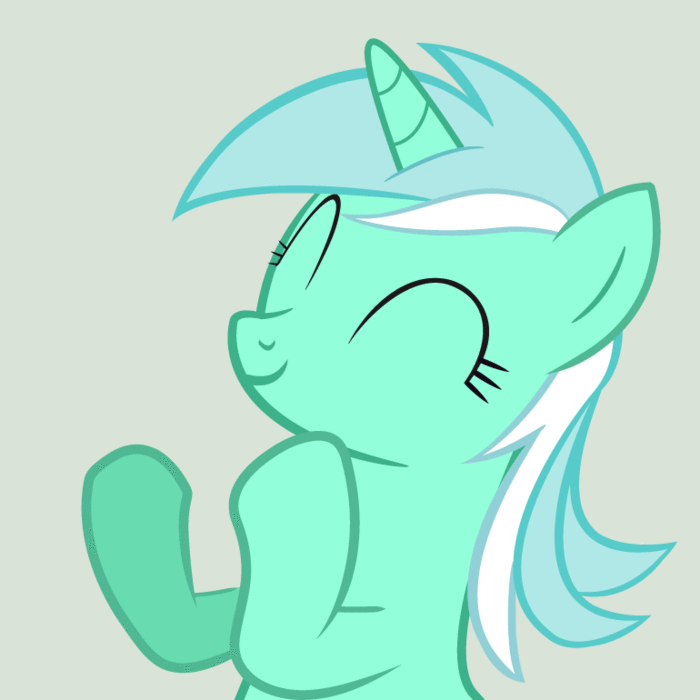Introduction
Understanding lesbianism, defined as the romantic and/or sexual attraction between women, goes beyond simply recognizing it as a sexual orientation; it involves appreciating the rich tapestry of experiences, histories, and cultural contributions that shape it. This blog post aims to illuminate the significance of lesbian identity by delving into its historical roots, celebrating influential figures in media, and exploring the symbolism behind the lesbian flag. We will also discuss lesbian literature, music, and art, address common questions and misconceptions, and provide valuable resources for support and community. Whether you’re part of the lesbian community or an ally, join us in embracing the diverse and resilient narratives that foster a deeper understanding and appreciation of lesbian lives.
The History of Sapphic Love: A Deeper Dive
The history of lesbianism is a tapestry woven with stories of love, resistance, and resilience. The term "lesbian" originates from the Greek island of Lesbos, home to the ancient poet Sappho, who is often celebrated for her lyric poetry expressing love between women. Sappho's works, though fragmented, have inspired generations of women who love women, giving rise to the term "Sapphic love."
Throughout history, lesbian relationships have often been hidden due to societal norms and legal restrictions. However, women have always found ways to express their love and form communities. In the early 20th century, lesbian bars and social clubs provided safe spaces for women to connect, while the feminist and gay liberation movements of the 1960s and 1970s brought greater visibility and advocacy for lesbian rights.
The Lesbian Flag: Colors and Symbolism
The lesbian flag, a symbol of pride and solidarity, has undergone several iterations. The most widely recognized version today features shades of orange, pink, and white.
Dark Orange: Represents gender non-conformity.
Orange: Symbolizes independence.
Light Orange: Denotes community.
White: Represents unique relationships to womanhood.
Light Pink: Represents serenity and peace.
Pink: Stands for love and sex.
Dark Pink: Symbolizes femininity.
The flag is a visual representation of the diversity and strength within the lesbian community, celebrating both individual identities and collective unity.
Prominent Lesbian Figures in Media
Lesbian representation in media has evolved over the years, from coded characters to openly lesbian protagonists. Here are ten real-life figures and ten fictional characters who have made significant contributions:
Real-Life Lesbian Figures
Audre Lorde: A poet, essayist, and activist, Lorde's work explored the intersections of race, gender, and sexuality, making her a pivotal figure in feminist and civil rights movements.
Ellen DeGeneres: A comedian and television host, DeGeneres made history by coming out on her sitcom Ellen in 1997, paving the way for greater LGBT+ visibility.
Gertrude Stein: An influential writer and art collector, Stein's works and relationships have left a lasting impact on literature and the arts.
Martina Navratilova: A tennis champion and advocate for LGBT+ rights, Navratilova has been an outspoken voice for equality in sports.
Sara Gilbert: An actress and producer, Gilbert is known for her role on Roseanne and her advocacy for LGBT+ rights.
Wanda Sykes: A comedian and actress, Sykes is known for her sharp wit and activism within the LGBT+ community.
Sappho: The ancient Greek poet whose work laid the foundation for the concept of Sapphic love.
Alison Bechdel: A cartoonist and graphic novelist, Bechdel is known for her comic strip Dykes to Watch Out For and her memoir Fun Home.
Lena Waithe: A writer, producer, and actress, Waithe is known for her work on Master of None and The Chi.
Kristen Stewart: An actress and director, Stewart has been open about her sexuality and is known for her work in both indie and mainstream films.
Prominent Lesbian Figures in Animated Media:
Korra (The Legend of Korra) - As the protagonist of The Legend of Korra, Korra’s relationship with Asami Sato was groundbreaking in children’s animation, representing a major step forward for LGBT+ visibility.
Garnet (Steven Universe) - Garnet, a fusion of two female-presenting gems, Ruby and Sapphire, represents a loving, committed lesbian relationship in the popular animated series Steven Universe.
Adora and Catra (She-Ra and the Princesses of Power) - The series explores the complex relationship between Adora and Catra, culminating in a powerful portrayal of love and redemption.
Amity Blight (The Owl House) - Amity’s relationship with Luz Noceda is a central part of The Owl House, offering a positive portrayal of young lesbian love in a fantasy setting.
Harley Quinn and Poison Ivy (Harley Quinn) - Their relationship, depicted in the animated Harley Quinn series, highlights a complex and enduring bond between the two iconic characters.
Pearl (Steven Universe) - Pearl’s love for Rose Quartz is a poignant part of her character arc, exploring themes of loss, identity, and devotion.
Princess Bubblegum and Marceline the Vampire Queen (Adventure Time) - Their relationship, which developed over the course of Adventure Time, became an iconic representation of lesbian love in animation.
Stevonnie (Steven Universe) - A fusion of Steven and Connie, Stevonnie embodies a non-binary identity and represents a unique exploration of gender and attraction in the show.
Sailor Uranus and Sailor Neptune (Sailor Moon) - Their relationship, though often censored in international versions, was a pioneering depiction of lesbian love in anime.
Velma Dinkley (Trick or Treat Scooby-Doo!) - This 2022 depiction of Velma confirmed her crush on a female character, finally canonizing a long-theorized aspect of her character.
Expanding the History: Lesbian Literature and Music/Artists
Lesbian Literature
Books have long been a refuge for those seeking to explore and understand lesbian identity. Here are a few notable works:
"The Price of Salt" by Patricia Highsmith: Published under the pseudonym Claire Morgan, this novel tells the story of a love affair between two women, notable for its happy ending.
"Rubyfruit Jungle" by Rita Mae Brown: A groundbreaking novel that explores a young woman's journey to self-acceptance as a lesbian.
"Stone Butch Blues" by Leslie Feinberg: This novel is a powerful exploration of gender identity and lesbian life in the mid-20th century.
"Orlando" by Virginia Woolf: While not explicitly lesbian, Woolf's novel explores themes of gender fluidity and was inspired by her relationship with Vita Sackville-West.
"Fun Home" by Alison Bechdel: A graphic memoir that explores Bechdel's relationship with her father and her journey of self-discovery.
"The Well of Loneliness" by Radclyffe Hall: One of the earliest lesbian novels, it tells the story of Stephen Gordon, a woman who loves other women in a society that does not accept her.
"Tipping the Velvet" by Sarah Waters: A historical novel set in Victorian England, it explores the life and loves of a young lesbian woman.
"Zami: A New Spelling of My Name" by Audre Lorde: A biomythography that blends history, biography, and myth to explore Lorde's life and identity as a black lesbian.
"Annie on My Mind" by Nancy Garden: A young adult novel that tells the story of two teenage girls who fall in love, one of the first of its kind.
"The Miseducation of Cameron Post" by Emily M. Danforth: A coming-of-age story about a teenage girl sent to a conversion camp after being caught with another girl.
Lesbian Music/Artists
Music has also been a powerful medium for expressing lesbian identity and experiences. Some notable artists include:
Melissa Etheridge: A rock singer-songwriter known for her raspy voice and candid lyrics about love and identity.
Tracy Chapman: While not exclusively known as a lesbian artist, Chapman's music has resonated with many within the LGBT+ community.
k.d. lang: A country and pop singer who has been open about her sexuality and has used her platform to advocate for LGBT+ rights.
Syd: Former member of The Internet, Syd is a singer and producer known for her smooth vocals and open exploration of her sexuality in her music.
Tegan and Sara: A Canadian indie-pop duo of identical twins who have been open about their sexuality and are known for their activism.
Hayley Kiyoko: Often referred to as "Lesbian Jesus" by her fans, Kiyoko's music and videos celebrate lesbian love.
Ani DiFranco: A folk singer-songwriter known for her politically charged music and activism, DiFranco has been an outspoken advocate for LGBT+ rights.
Le Tigre: A feminist punk band led by Kathleen Hanna, Le Tigre's music often explores themes of sexuality and identity.
Brandi Carlile: A country and folk singer-songwriter who has been open about her sexuality and has used her music to advocate for LGBT+ rights.
Sia: While Sia has not publicly labeled her sexuality, her music and videos have resonated with many in the LGBT+ community.
Common Questions and Misconceptions About Lesbianism
Can lesbians be attracted to men?
No, lesbians are exclusively attracted to women. However, sexual fluidity means some may experience changes in their attractions over time.
Is lesbianism just a phase?
No, lesbianism is a valid sexual orientation, not a phase.
Do lesbians hate men?
No, lesbians do not hate men; they simply aren't romantically or sexually attracted to them.
Can a lesbian have male friends?
Absolutely, sexual orientation does not dictate one's ability to form friendships with any gender.
Do lesbians all dress or act a certain way?
No, lesbians are diverse in their expressions of gender, style, and personality.
Can lesbians be feminine?
Yes, many lesbians embrace femininity, while others may identify as more masculine or androgynous.
Is it easier for lesbians to come out than gay men?
Coming out experiences vary greatly and can be challenging for anyone, regardless of gender.
Do lesbians always have short hair?
No, hair length has no bearing on one's sexual orientation.
Are lesbian relationships more emotional than heterosexual ones?
Emotional depth varies between relationships, regardless of the gender of the partners.
Can a lesbian have children?
Yes, lesbians can have children through various means, including adoption, surrogacy, and sperm donation.
Are all lesbians political?
While some lesbians are politically active, others may not be. Political involvement is a personal choice.
Is there a hierarchy in the lesbian community?
No, there is no formal hierarchy. The community is diverse and includes people of various identities and expressions.
How does the experience of being a lesbian differ for those in different cultural or religious communities?
The experience of being a lesbian can vary greatly depending on cultural or religious contexts, with some communities offering more acceptance and support than others, impacting individuals' experiences and challenges.
Do lesbians face discrimination within the LGBT+ community?
Unfortunately, yes. Lesbians may face sexism, racism, and other forms of discrimination within the broader LGBT+ community.
Can a lesbian relationship have gender roles?
Some lesbian relationships may have traditional or non-traditional gender roles, while others may reject roles altogether.
Can a lesbian be attracted to someone who is non-binary?
Yes, some lesbians may be attracted to non-binary individuals, as attraction can vary based on personal identity and experience.
Can lesbians experience romantic but not sexual attraction to women?
Yes, some lesbians may experience romantic attraction without sexual attraction, which can fall under the romantic spectrum.
Are all lesbians butch or tomboyish?
No, lesbians can be butch, femme, androgynous, or express themselves in any way that feels right for them.
Can a lesbian be in a relationship with a trans woman?
Yes, a lesbian can be in a relationship with a trans woman, as trans women are women.
Do lesbians face pressure to conform to traditional gender roles?
Yes, lesbians may face societal pressure to conform to gender roles, but many challenge these norms in their personal lives.
Is it harder for lesbians to find a partner compared to heterosexual women?
It can be challenging depending on social environment and community support, but many lesbians find loving, fulfilling relationships.
Do lesbians experience fetishization?
Unfortunately, yes. Lesbians often face fetishization, particularly from media and individuals who objectify their relationships.
Is it true that lesbians don't get along with gay men?
This is a stereotype. While experiences vary, many lesbians have strong friendships with gay men and other members of the LGBT+ community.
Do all lesbians want to get married?
No, like anyone else, some lesbians want to get married, while others do not. It depends on personal preference and beliefs.
Can lesbians have close friendships with straight women?
Yes, lesbians can have close, platonic friendships with straight women, just as any other people can.
Is lesbianism influenced by childhood experiences or trauma?
No, lesbianism is not caused by trauma or upbringing. Sexual orientation is a natural part of who someone is.
Do lesbians only consume LGBT+ media?
No, while many lesbians enjoy LGBT+ media for representation, they also consume a wide variety of media, just like anyone else.
Can a lesbian be in a polyamorous relationship?
Yes, a lesbian can be in a polyamorous relationship if that is what she and her partners choose. Polyamory is about the number of relationships, not the gender of partners.
How can allies support lesbians in their communities?
Allies can support lesbians by advocating for equal rights, challenging stereotypes, offering a listening ear, and promoting visibility and representation in media and public life.
Do lesbians face unique challenges in the workplace compared to other LGBT+ identities?
Lesbians may face specific challenges such as workplace discrimination or biases related to gender roles and expectations, which can be different from those experienced by gay men or other LGBT+ individuals.
Resources for Lesbians
The Trevor Project: A lifeline and resource center for LGBT+ youth.
Lesbian Herstory Archives: A collection of materials by and about lesbians, preserving history and culture.
PFLAG: Offers support, education, and advocacy for LGBT+ individuals and their families.
Autostraddle: A website with articles, advice, and a community for lesbian, bisexual, and queer women.
Lambda Legal: Provides legal support for LGBT+ individuals facing discrimination.
Curve Magazine: A magazine focused on lesbian lifestyle, culture, and entertainment.
Lesbian Meetup Groups: Online and in-person groups for lesbians to connect and build community.
Human Rights Campaign (HRC): Advocates for LGBT+ rights and provides resources for the community.
The L Word Online: A fan site and community forum for discussions related to lesbian media, particularly The L Word.
Lesbian & Gay Switchboard: A helpline offering support for LGBT+ individuals.
Conclusion
Lesbianism is an integral part of the broader LGBT+ community, with a rich history, vibrant culture, and ongoing challenges. By understanding and celebrating lesbian identities, media representations, and contributions to literature and music, we can create a more inclusive and supportive world for all. Whether through resources, advocacy, or simply sharing stories, every effort to uplift and support lesbians contributes to a more compassionate society.
AI Disclaimer: This post was reformatted using Copilot AI for cleanliness and organization. - Starlight
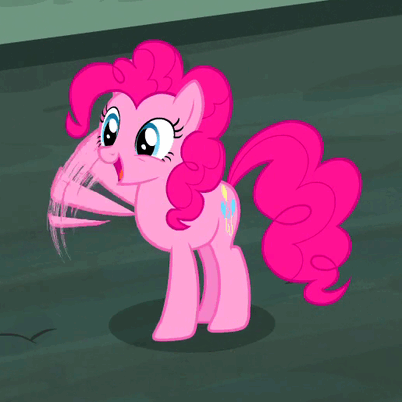
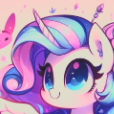





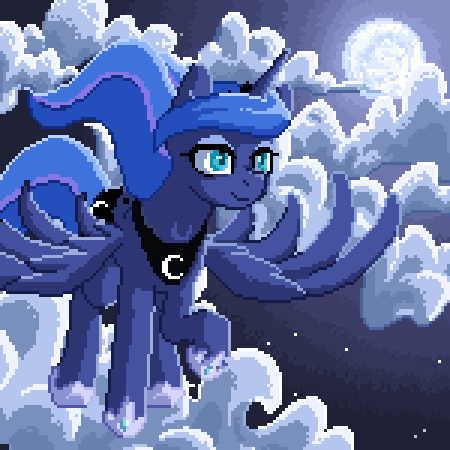




.thumb.png.83e037ba7e453fda3377d3d6caa2743d.png)

 I’m with you on this! I can see them making a strong comeback to take the NFC Championship this year. However, if they end up facing the Chiefs in the Super Bowl next year, you can bet I’ll be screaming at the screen!
I’m with you on this! I can see them making a strong comeback to take the NFC Championship this year. However, if they end up facing the Chiefs in the Super Bowl next year, you can bet I’ll be screaming at the screen! 
